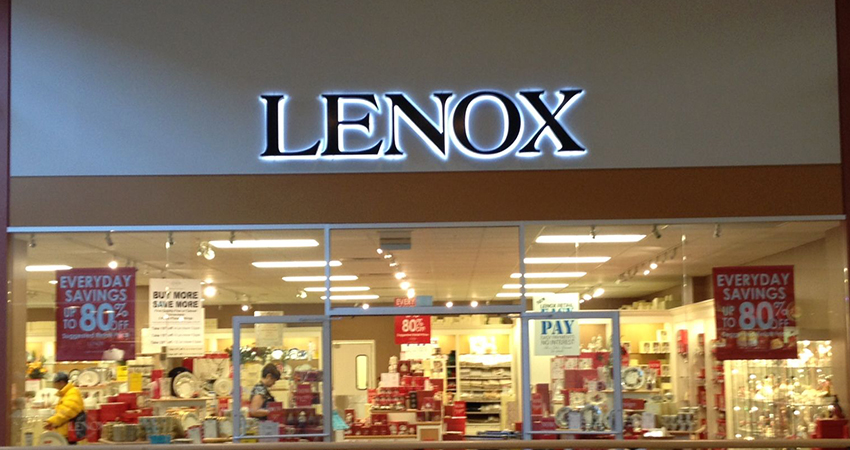Creating a unified view of the customer journey, identifying who they are and what they’re purchasing has been top of mind for fine china, dinnerware and home décor brand Lenox.
When Elizabeth Ragone, SVP of Direct to Consumer for Lenox, came to the 130-year-old company two years ago, it was apparent it lacked focus on DTC.
“We had two databases, [a] transactions one and consumer [information] in the other,” said Ragone at NEMOA in Boston. “We had a limited understanding of who our customer was. We knew where she was at one point, but we didn’t know how things were changing.”
With digital, email and catalog channels, along with 25 stores, Ragone said lion’s share of Lenox’s business is wholesale with partners like Macys, Zola.com, Wayfair and Crate & Barrel. “We are shrinking [catalogs] because they are less profitable and moving towards digital,” said Ragone.
Ragone said the company didn’t know who its customers were. They had hypotheses and theories, but no validation, she said, and little ability to execute lifecycle marketing.
Lenox worked with Customer Portfolios, which provides marketing database analysis and strategy for retailers in order to gain a better understanding of their customers.
It then began to create insights by knowing its customers better and having a single view of them across channels and a better understanding of the end-to-end customer journey.
“We learned what was driving her in and what does she keep buying,” said Ragone. “Is it a more valuable purchase, and should we be driving [her to] a specific category? This was not happening and we needed to have this.”
Nick Godfrey, Co-Founder and EVP of Strategy of Customer Portfolios, said these new insights helped give Lenox a better sense of which products to put in front of what customers.
Ragone said while Lenox doesn’t have a large range of categories, each customer has a different action or different ways they interact with the brand.
“Once we were able to see what was happening as far as [customer] behavior and the top revenue- generating opportunities, we could put our limited marketing resources against them and maximize what we were delivering as far as lift for the business,” she said.
The plan is for Lenox is to bring its separate databases together to gain a better view of the customer.
“For Lenox it brought together transactions, customers, product, digital, print and email in one database, really spotlighting all those types of data that had been used in a siloed fashion,” said Godfrey.
Through its data, Lenox learned there was little overlap between customers who purchased direct and those buying through its retail partners, helping it to fine-tune its marketing efforts and drive greater results.

